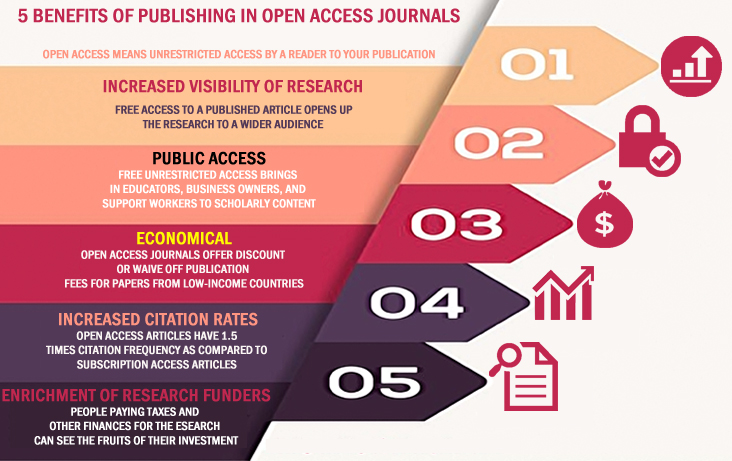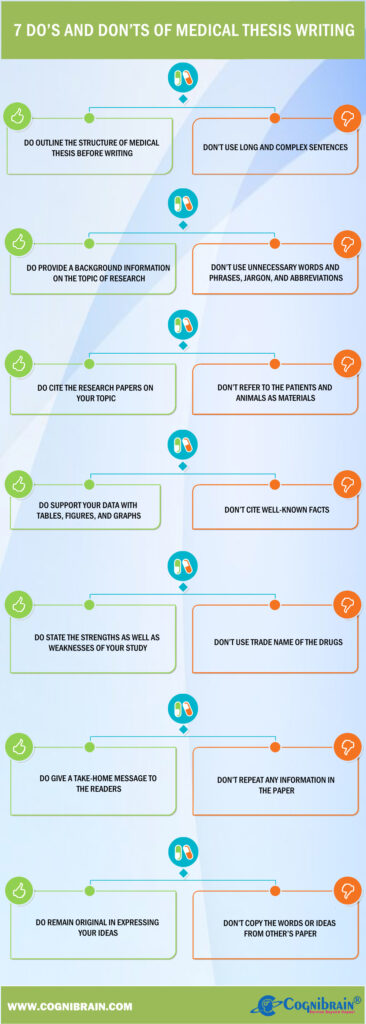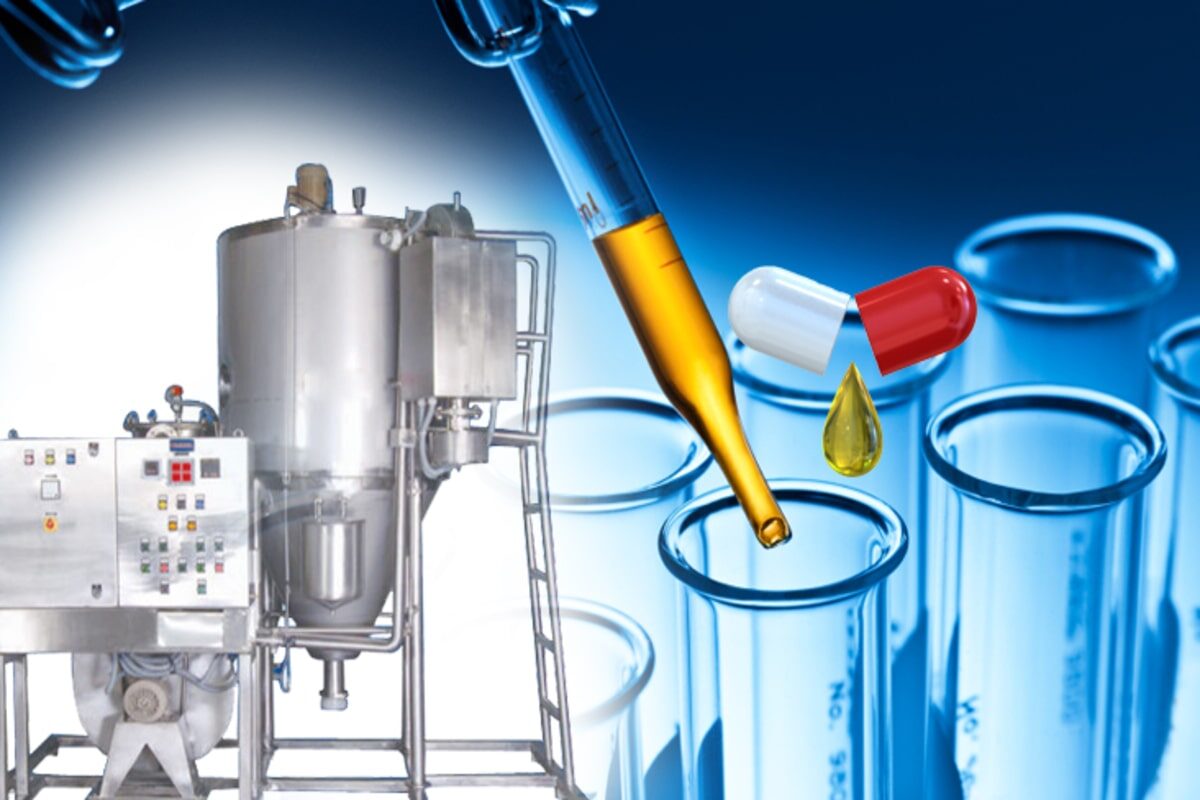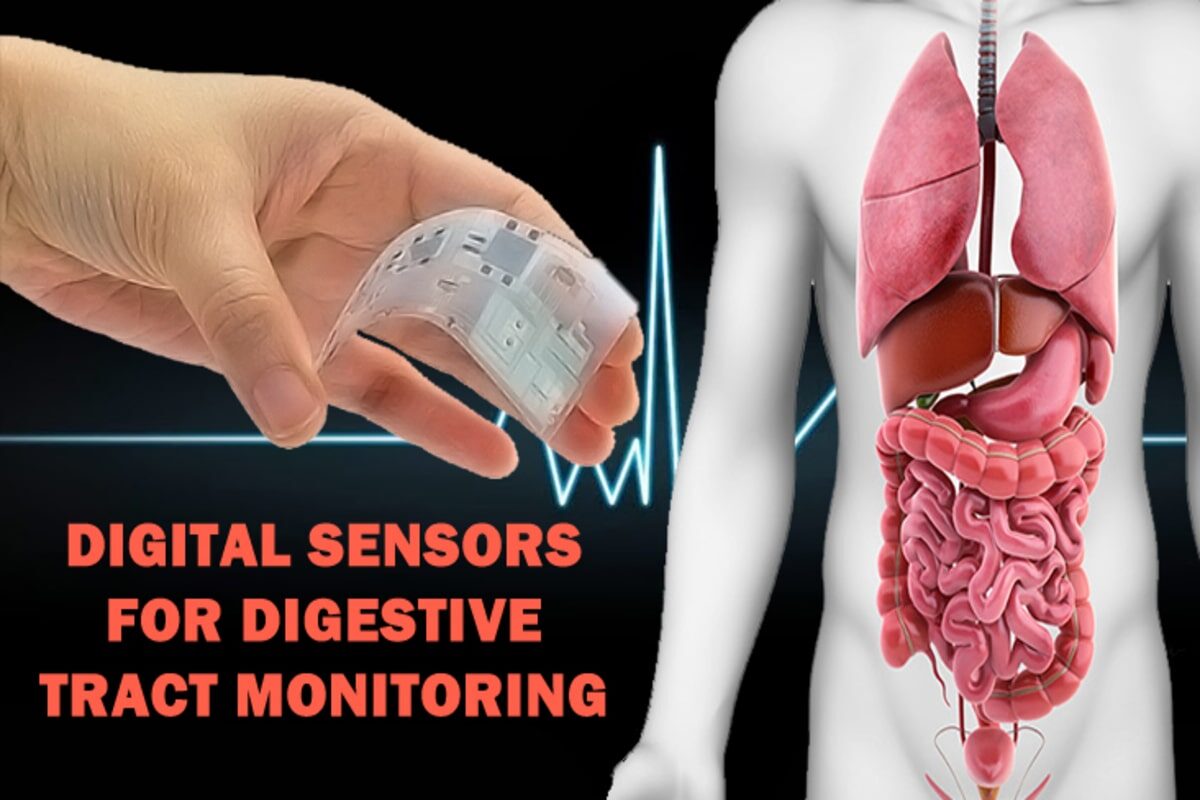What is a medical thesis?
A medical thesis is the written work resulting from an original research in the field of Medicine, Nursing, Pharmacy, and other health and life sciences. It is submitted by the students in order to obtain a higher degree from the University.
However, keep this in mind! The purpose of submitting a medical thesis is not limited to the achievement of a doctoral or post-graduate degree. It is a medium to organize the scientific knowledge in a way to make further progress in the field.
That’s the reason why the experts in medical thesis writing stress on the importance of choosing the right topic for your thesis. You must be able to address a genuine problem or series of problems through your medical thesis. Choose a topic that aligns with your interest and where you can offer a fresh perspective through your research study.
Writing your medical thesis
After choosing the topic for your research study, collaborate with your supervisor to design your research study and its goal. Collect all the information and data pertaining to your research before proceeding with your clinical trials.
Now, you are ready with your research data and clinical findings. You just need to pen down your findings in your medical thesis.
That sounds easy, isn’t it?
In reality, it’s not so. But, you need not worry! Writing a medical thesis becomes easy and fun if you follow the given steps with competence:
1.Outline the structure of medical thesis
Prepare an outline of the thesis in accordance with the following sections:
- Title
- Introduction: Why did you start your study?
- Methods Used
- Results of the study
- Discussion of results
- Conclusion
List the major sections and chapters in each. Do a section at a time. Assemble all the figures and tables and organise them into a logical sequence.
2.Writing a title of the thesis
The title reflects the content of your thesis. For writing a perfect thesis title:
- Be concise and accurate. The title must neither be too long nor too short
- Avoid unnecessary words and phrases like “Observation of” or “A study of”
- Do not use abbreviations
- Avoid grammatical mistakes
3.Writing an Introduction
The purpose of writing an Introduction is to provide the reader with sufficient background information on the topic and help him understand and evaluate the results of the present study, without needing to refer to the previous publications on the topic.
- Give this background information in brief in the first paragraph
- Include the importance of the problem and what is unknown about it in the second paragraph
- State the purpose, hypothesis, and objective of your study in the last paragraph
Do’s
Cite the research papers written on your research topic
Don’ts
- Include unnecessary information other than the problem being examined
- Include the research design, data or conclusion of your study
- Cite well-known facts
- Include information found in any textbook in the field
4.Writing the section of “Methods Used”
This section must be so written that the reader is able to repeat the study and validate its findings.
Write a detailed exposition about the participants in the study, what materials you used and how you analyzed the results
- Give references but no description for established methods
- Give a brief description and references for published but lesser known methods
- Give detailed description of new methods citing the reasons for using them and any limitations if present
Don’ts
- Include background information and results of the study
- Refer to animals and patients as material
- Use trade name of the drugs; instead, use their generic names
- Use non-technical language for technical statistical terms
5.Writing your Results
Keep in mind the objective of your research while writing the “Results” section. The findings of the research can be documented in the form of:
- Text
- Tables
- Figures
- Illustrative graphs
Use text to summarize small amounts of data. Do not over-use tables, figures, and graphs in your paper. Moreover, do not repeat information presented in the table or figure in the text format. Text must be a summary or highlight of the information presented in tables or figures.
6.Discussing your Results
Good medical theses have a targeted discussion keeping it focused on the topic of the research. Include:
- Statement of the principal findings. Make it clear to show that your thesis includes new information
- Strengths and weaknesses of your study
- Strengths and weaknesses in relation to the other studies
- A take-home message from your study for clinicians and policymakers
- Any questions that are left unanswered in your study to propose new research
How to conclude your medical thesis?
The conclusion of your research study must comprise of:
- The most important statement or remark from the observations
- Summary of new observations, interpretations, and insights from the present study
- How your study fills the knowledge gap in its respected field?
- The broader implications of your work
- How can your work be improved by future research?
However, avoid any statement that does not support your data.
With these tips, write your thesis like a pro and don’t let it delay your doctoral award!







